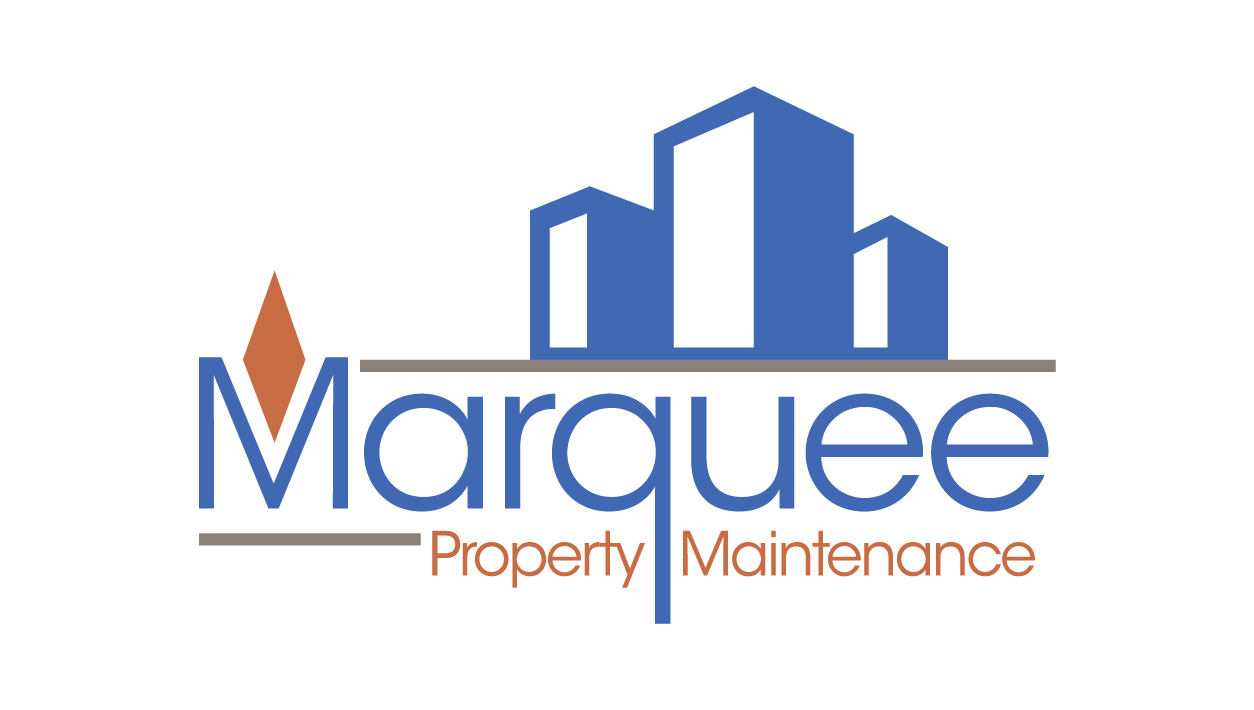Blogs

From Acquisition to Cash Flow: A Step by Step Guide for Investors in South Bend, IN
For new or seasoned investors alike, winning in real estate is about process: from identifying good deals to optimizing rent, maintenance, and exit. In the South Bend market, certain steps are more important than others. Below is a breakdown of the full lifecycle of a property investment—tailored to this region—with practical guidance and pitfalls to avoid.
Phase 1: Deal Sourcing & Underwriting
Filter target neighborhoods smartly
Prioritize proximity to transit routes, schools, employment centers, or the University of Notre Dame.
Study census tract data: some parts of South Bend still grapple with high vacancy or underinvestment. For example, a city housing study found ~21% of housing units were vacant in some tracts.
Monitor redevelopment zones and priority neighborhoods where public investment is planned.
Comparable rental data & yield projections
Use local rent data (e.g. Zillow ZORI ~ $1,392) as a base.
Estimate your net yield after expenses (taxes, insurance, vacancy, maintenance) — aim for cap rates 5–8%, and cash-on-cash return >6%.
Use scenario planning: what if vacancy hits 10%, or maintenance costs spike?
Inspect deeply before commit
Older homes are common; major systems (roof, HVAC, plumbing) often need repair.
Get a contractor’s opinion, and build in contingencies of 10–20% for rehab.
Verify zoning, code compliance, and title. Especially in older areas, you may run into code violations or deed restrictions.
Financing & leverage use
Compare conventional vs small-bank vs portfolio/bridge loans.
Be careful: high leverage increases upside but also downside risk in less liquid markets.
Factor in interest rate variability, especially in changing economic cycles.
Phase 2: Rehab & Renovation Strategy
Focus on “right-sized upgrades” — don’t overspend in a neighborhood where rents won’t support it.
Prioritize durable, low-maintenance finishes, energy upgrades (insulation, efficient HVAC), and basic appeal (paint, flooring).
Maintain documentation of all work (for both accounting and future resale).
Consider phased rehab approaches—e.g. get unit livable, then incrementally upgrade.
Phase 3: Lease-up & Tenant Screening
Market early: allow 30–60 days for lease-up, especially if you’re launching new or renovated units.
Use thorough tenant screening: rent history, credit, criminal, income ratio (e.g. 2.5–3× rent).
Use a solid lease that reflects Indiana landlord-tenant laws (rent, late fees, maintenance, notice periods).
Consider offering amenities (washer/dryer, parking, internet) as optional add-ons to increase rent with low cost.
Phase 4: Ongoing Management & Expense Control
Track all financials monthly (income, expenses, reserves).
Respond to maintenance quickly to preserve asset value and tenant relations.
Budget for capital reserves (roof replacement, HVAC, siding) every 7–15 years depending on property age.
Use preventive maintenance (e.g. annual HVAC checkups) to reduce big surprises.
Regular inspections (quarterly or semiannual) help catch issues early.
Phase 5: Performance Monitoring & Exit Planning
Calculate your operating metrics regularly: net operating income (NOI), cash-on-cash, debt service coverage, internal rate of return (IRR).
Reassess rent annually relative to market: in South Bend, modest increases (2–4%) are common as long as the market supports.
Plan exit options: resale, refinance, 1031 exchange, or holding long term.
Watch for market shifts (rental saturation, regulatory changes, interest rate spikes) and be ready to pivot.
Pitfall
Overpaying in rising market
Underestimating rehab cost
Extended vacancy after rehab
Legal noncompliance
Neighborhood decline
Mitigation
Use conservative comps, hire appraiser, walk away when margin is thin
Add buffer, get multiple contractor bids, track actual vs budget
Stage property, pre-leasing, use local marketing, price competitively
Use state-knowledgeable attorneys, stay current with landlord-tenant laws, lease review
Monitor local crime, development plans, school and infrastructure investments
Conclusion
Following a disciplined, process-driven approach increases your odds of success in South Bend. Every phase—from sourcing to exit—requires intentional planning, margin for error, and local insight. When you pair that discipline with strong property management, you can more reliably convert real estate deals into sustainable income streams.

Contact Us!
Monday - Friday 9am to 5pm
Copyright: Marquee Property Management 2024